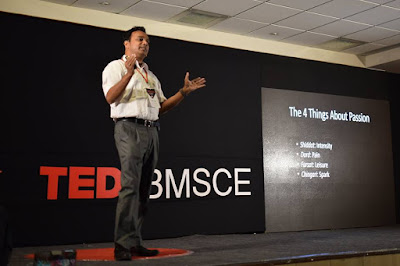Interaction with SiliconIndia magazine
May 2018 Edition of SiliconIndia 1. Tell us about the points that you would like us to highlight regarding your Electronic Design Services. a. It’s not what we do – it’s how we do. There are many design service providers, but we are the only one whose vision is to “ be the most Valued Partner for Socially, Financially and Environmentally inclusive complete VLSI & Embedded solutions across the world, in established and emerging markets alike .” We want to be the partners , not vendors, to our clients. And we envision to create solutions for our clients which would be “Socially, Financially and Environmentally inclusive”, thus instilling a sense of meaningfulness and pride among our employees and clients alike that we all are associated with something that would add value to the society. b. Insilico’s AI enabled Smart Lighting solution for reducing the overall power us...





